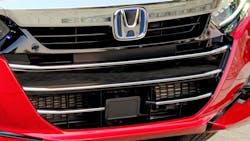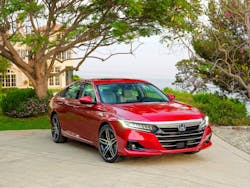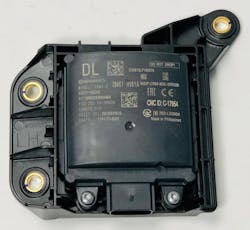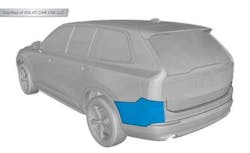Plastic repair and ADAS – They're not mutually exclusive!
These sensors are normally easy to identify because their signals must pass through uncoated glass or plastic, not a painted bumper cover. Often, they are mounted in the middle of the grille under a piece of plastic made to look like the grille, such as on the Mercedes Benz S-Class sedan below, or the standalone sensor in the lower grille on the Honda Accord.
About the Author

Kurt Lammon
President, Polyvance
Kurt Lammon, president of Polyvance since 1995, has a bachelor's degree in mechanical engineering and a minor in material science. He has been focused on developing and manufacturing products to help auto body technicians and DIY-ers repair damaged plastic parts. Polyvance has specialized in plastic repair products since 1981. The company was founded as Urethane Supply Company by Jim Sparks who invented the original airless plastic welder to repair the thermoset polyurethane bumpers that were popular in the '70s and '80s. Since that time, the company has introduced several innovations, including the Uni-Weld FiberFlex universal welding rod, Bumper & Cladding Coat Adhesion Primer, and the Nitro-Fuzer nitrogen plastic welding system. Polyvance is an I-CAR Sustaining Partner and provides several hands-on and virtual training courses on plastic repair and refinishing.




